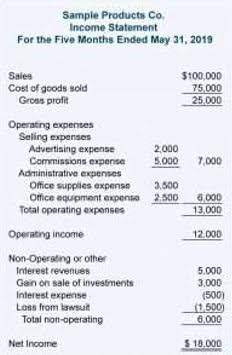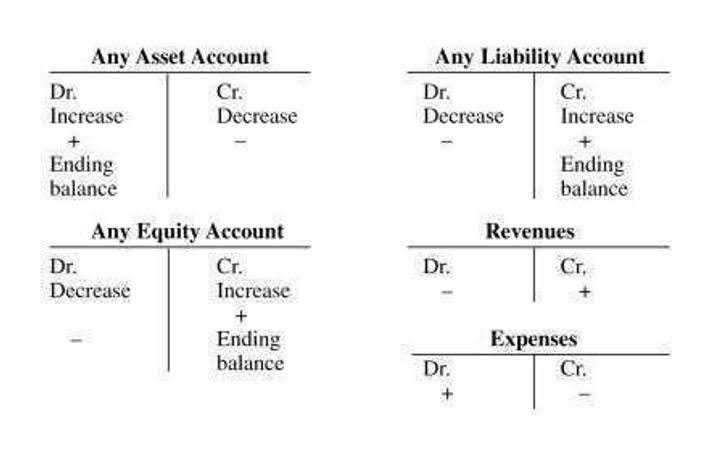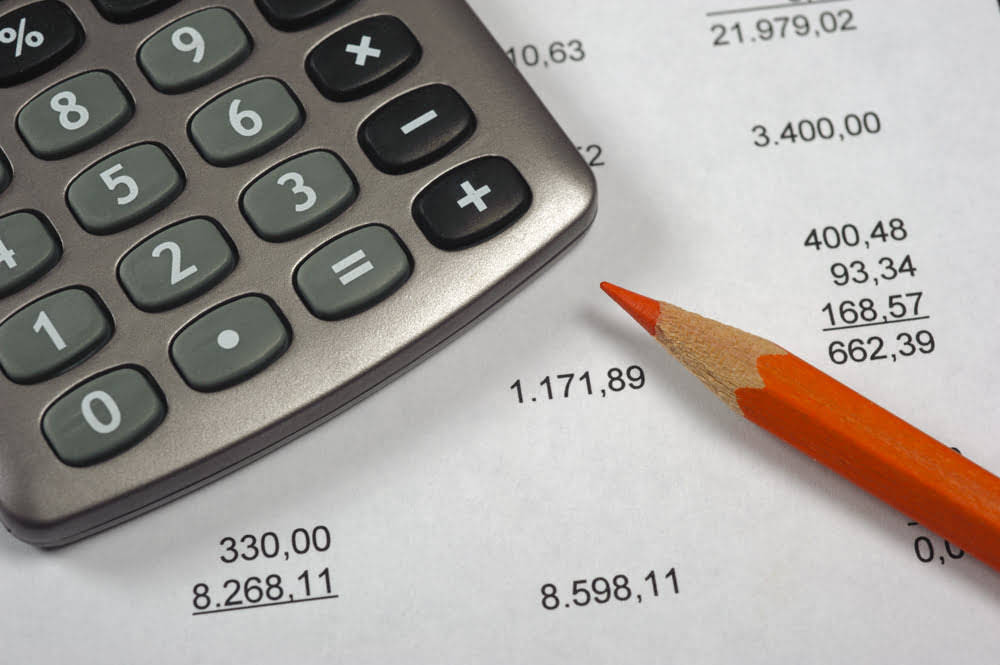Спасибо за письмо

If there are 100 shares outstanding and you buy one, you own 1% of the company’s equity. 600 shares are issued as floating shares to the general public, 200 are issued as restricted shares to company insiders, and 200 are kept in the company’s treasury. In this case, the company has 800 outstanding shares and 200 treasury shares. The number of shares of common stock outstanding is a metric that tells us how many shares of a company are currently owned by investors. This can often be found in a company’s financial statements, but is not always readily available — rather, you may see terms like “issued shares” and “treasury shares” instead.

A company generally embarks on a reverse split or share consolidation to bring its share price into the minimum range necessary to satisfy exchange https://www.instagram.com/bookstime_inc listing requirements. While the lower number of outstanding shares often hampers liquidity, it could also deter short sellers since it becomes more difficult to borrow shares for short sales. A company’s outstanding shares may change over time because of several reasons.

Next, 336,620,000 shares were held in the company’s treasury at that time, so subtracting this from the number of issued shares means that Johnson & Johnson had 2,783,223,000 outstanding shares at the end of 2014. A stock split occurs when a company increases its shares outstanding without changing its market cap or value. This increases the number of shares but reduces the share price. Companies can also undergo reverse stock splits or consolidate shares.
Many companies buy back shares as part of their capital allocation strategy. When a company buys back its own shares, that stock is accounted for as “treasury stock” on its balance sheet. Treasury stock is no longer outstanding — the company itself now owns it, not an investor or employee, but it has still been issued. A company also often keeps a portion of its total outstanding shares of stock in its treasury from both initial stock issues and stock repurchase. These are how to calculate number of shares outstanding called “treasury shares” and are not included in the balance.

This means the shares were outstanding only for the first 6 months of the year. As a result, they have been assigned 50% weightage (6/12) when calculating the WASO. Above, the weightings have also been calculated and added to the basic shares number to calculate the WASO. First, we calculate the earnings available to ordinary shareholders. We pro-rated the weighted average number of shares according to their duration. Simply put, the funds generated from issuing new shares were available to the Company for nine months only; hence, these numbers were pro-rated.

If you’re a market https://www.bookstime.com/ beginner, learning the ins and outs of stocks will help you get started trading, and making money. Read on to learn how to calculate outstanding shares so you can begin mastering the market. Floating stock is a narrower way of analyzing a company’s stock by shares. It excludes closely held shares, which are stock shares held by company insiders or controlling investors. These types of investors typically include officers, directors, and company foundations.

Different scenarios for calculating the weighted average of outstanding shares are shown in the following examples. But it’s important to look at the number of outstanding shares to know how many more shares could possibly enter the market. Company insiders could sell their shares as they become unrestricted. They sift through news and can alert you to important news that can impact a company’s number of shares outstanding — like offerings or splits. If a company does financing, that creates more shares outstanding.
Спасибо за письмо
Спасибо за подписку